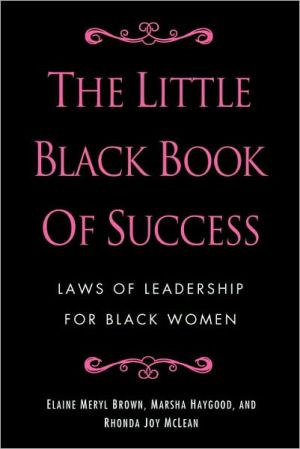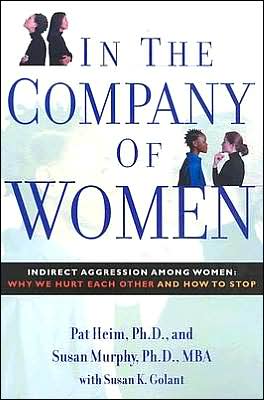History in Blue: 160 Years of Women Police, Sheriffs, Detectives, and State Troopers
In 1893, Chicago’s mayor gave Marie Owens the title of “patrolman,” even though she had no authority to walk a beat. She did “women’s work” and was a patrolman in name only. Throughout her 30 years of service, she was never allowed to wear a uniform. It would take nearly a century for women to be able to join the police ranks as full-fledged officers. Even today, women comprise just 15 percent of the nation’s nearly one million law enforcement officers. Spanning 160 years, History in Blue is...
Search in google:
In 1893, Chicago’s mayor gave Marie Owens the title of “patrolman,” even though she had no authority to walk a beat. She did “women’s work” and was a patrolman in name only. Throughout her 30 years of service, she was never allowed to wear a uniform. It would take nearly a century for women to be able to join the police ranks as full-fledged officers. Even today, women comprise just 15 percent of the nation’s nearly one million law enforcement officers. Spanning 160 years, History in Blue is the first book to tell the riveting story of the uphill struggle for respect and recognition sustained by women in the modern police force. Featuring rare photographs and original interviews with pioneering female officers, this fascinating book chronicles the ongoing fight for equality in the world of law enforcement. In this vivid and remarkable history, Allan T. Duffin tells of the extraordinary women who broke down the barriers of gender so that they—and many generations of successors—could do the work they loved most. Publishers Weekly In his informative but dry overview, television producer Duffin examines nearly two centuries of pioneering women struggling against widespread discrimination in law enforcement. The first women in the field, in the 1840s, served only as prison matrons, tending to the needs of female prisoners and juvenile delinquents. Duffin describes the police matron as a “mother figure with a badge,” who, even working outside prisons well into the 20th century, was primarily in charge of enforcing moral standards, and straightening out runaways and youth offenders. Many early female officers weren't issued uniforms, let alone weapons, reinforcing the idea that they were enforcers of propriety more than of law. The year 1968 marked a breakthrough: in Indianapolis, the first two female officers patrolled a regular beat together rather than being paired with men, and in 1985 Penny Harrington became the country's first female chief of police in Portland, Ore. Duffin's eagerness to impart as much knowledge as possible often reduces his style to the steady recitation of facts. Cramming too many names, dates, and ranks into the dense narrative doesn't do enough justice to his subjects. Photos. (Feb.)
Introduction vii1 Limited Duties, Little Respect (1845-1900) 12 The First Policewomen (1900-1920) 173 Social Enforcers (1900-1950) 674 The Long Uphill Battle (1950-1970) 1095 Forced Progress (1970-1980) 1476 Steady Movement (1980-2009) 1997 Summing Up and Looking Ahead 245Acknowledgments 255Bibliography 261Endnotes 303Index 329








